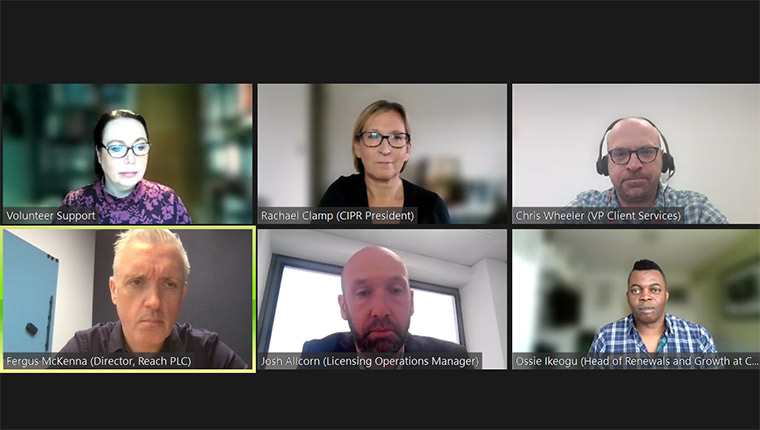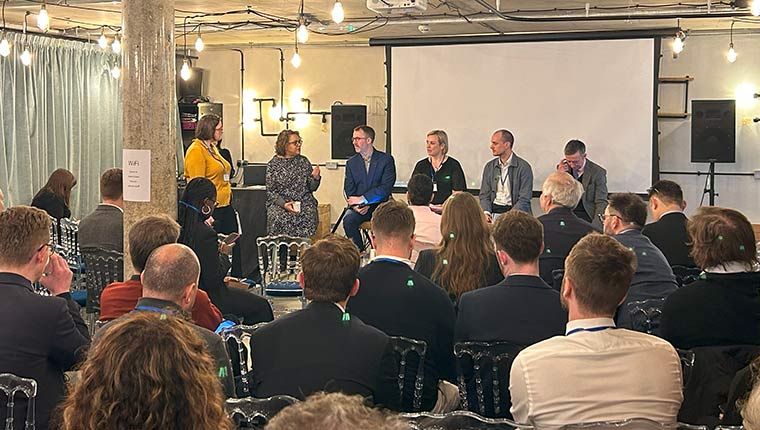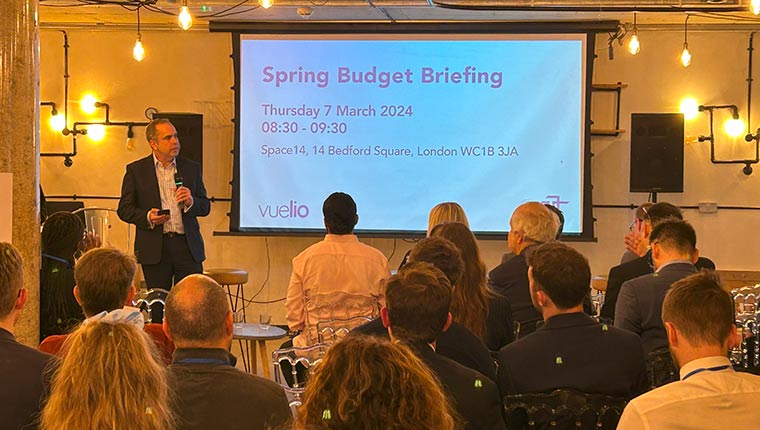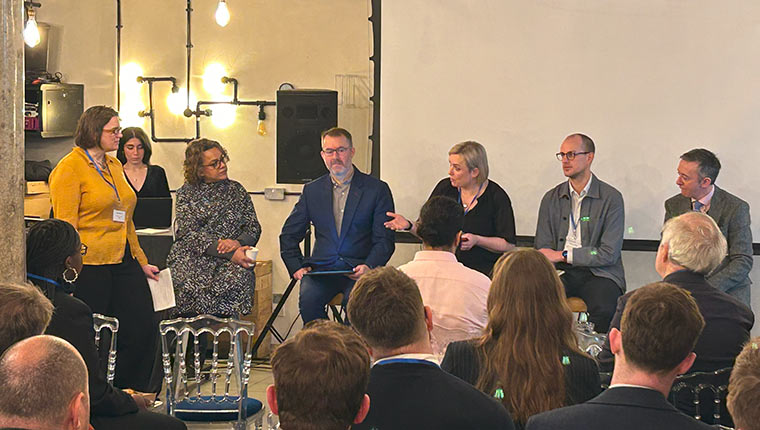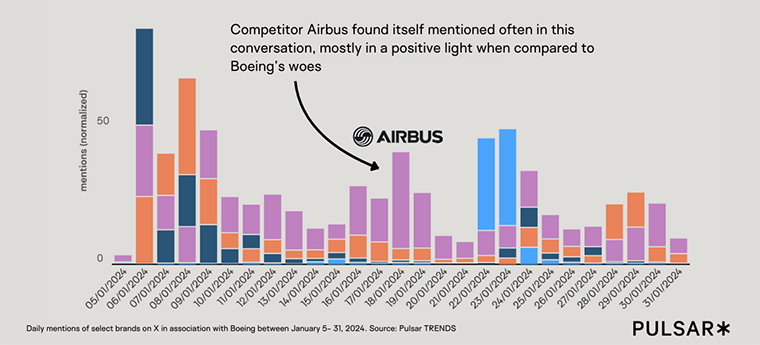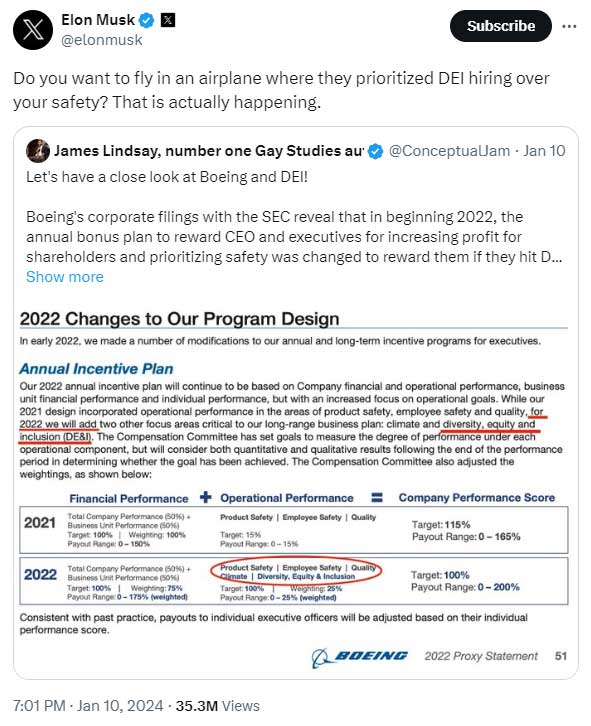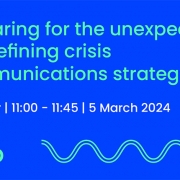Springtime, outdoor activities, and AI: How to get featured in the media in April
Easter, Mother’s Day, and Valentine’s Day have been and gone, but there are plenty of opportunities for media coverage over the next month to make the most of.
Journalists are constantly looking for information, experts and case studies around topical issues, with hundreds sending requests every week via the ResponseSource Journalist Enquiry Service. We look at what was popular in March and how you can get featured in the media in April.
Springtime gardening and other outdoor pursuits
Last month, ‘Spring’ proved popular with the media, appearing as a keyword in 3% of the total enquiries. This is true of March, too. Requests from journalists covered a range of topics including fashion, beauty, cleaning, recipes, and weddings. Journalists sending these requests write for titles including Ideal Home, Yahoo! Life, Health & Wellbeing, and OK! Magazine.
Another keyword that ties in with Spring is ‘gardening’, and this increased in popularity from February, appearing in 4.5% of all requests last month. Enquiries were primarily for experts and advice on the best plants for garden privacy, rainwater harvesting, and how to use tea bags and eggshells in the garden. The MailOnline, The Sun, BBC Gardeners World Magazine, and House Beautiful all sent requests around gardening.
A new keyword on the Enquiry Service was ‘outdoor’ which appeared in just under 2% of the enquiries in March. Journalists and broadcasters were looking for outdoor dining sets, to outdoor tech and exercise ideas. Titles making these requests included The Daily Express, Grand Designs Magazine, and Homebuilding & Renovating. We expect all three of these keywords to perform well again in April, with scope for getting your experts and info featured in consumer magazines and national press.
AI and tech companies remain in focus
The interest in AI has stayed consistent on the enquiry service for over a year now. That was the case again in March, with just under 3% of requests being about ‘AI’. These are mainly looking for experts to comment,and included ‘What specific roles and skills will be under threat from AI in the near future’ and ‘Seeking AI experts for a piece on the defences you have against deep fakes on the internet’.
Journalists at trade titles such as Verdict, The Register, and IT Pro are regularly looking to cover this topic. However, there are also opportunities with national press outlets too with the Telegraph, Reuters, and the Financial Times sending enquiries last month.
Some of the major tech companies were also in focus in March with ‘Google’ cropping up in over 1% of the enquiries, and ‘Microsoft’ and ‘Apple’ just under 1%. ‘Fintech’ was also starting to crop up and could be a topic that gathers more interest with the media as the year goes on.
Skincare specialists, fitness professionals, and sleep experts
We predicted that ‘sleep’ could be popular in March due to World Sleep Day (19 March) and that turned out to be the case with over 1% of enquiries from journalists containing the keyword. These were mainly for experts, plus some case study requests. Cosmopolitan, Stylist.co.uk, The Independent, and The Guardian all sent enquiries around this topic.
‘Fitness’ was one of the top keywords in January and that happened again in March, as it appeared in just under 3% of the total requests. This might be tied into the London Marathon coming up, with journalists looking to speak to personal trainers, running coaches, and yoga instructors. The Health category benefitted as a result and was the second most selected after Women’s Interest & Beauty.
Within that top performing category, ‘skincare’ was another topic of interest that we saw regularly in March, with over 1% of the total enquiries containing the keyword. Many were looking for products to use in Spring, as well as skincare experts and dermatologists to comment on specific issues.
Opportunities for PRs in April and beyond
With ‘Spring’ in full bloom now, we expect that it will continue to be a key topic for journalists, alongside the keywords ‘gardening’ and ‘outdoor’. Journalists tend to focus on getting experts in relation to gardening, while Spring and outdoor relate to general information. The UK media are likely to be looking ahead now for advice on what to do over the May bank holidays.
‘Fitness’ could be joined by ‘running’ as a keyword for April, with the London Marathon taking place. This could present an opportunity to PRs with fitness experts and running coaches. We also expect an increase for the Environment & Nature category, with Earth Day on 22 April. Journalists will be looking for climate experts for comment, so be ready to connect them with the relevant people in your roster. ‘Election’ could be a new keyword, too, with the UK local elections taking place in May. Related to what politicians are talking about now – ‘energy’ could return as a keyword for journalists looking for contributions from PRs via the Journalist Enquiry Service following 1 April’s energy price cap reduction.
To connect with the media on these topics, and much more, check out the Journalist Enquiry Service, and the Vuelio Media Database.
Find out more how Vuelio can help you gain and track your coverage in the media here.





